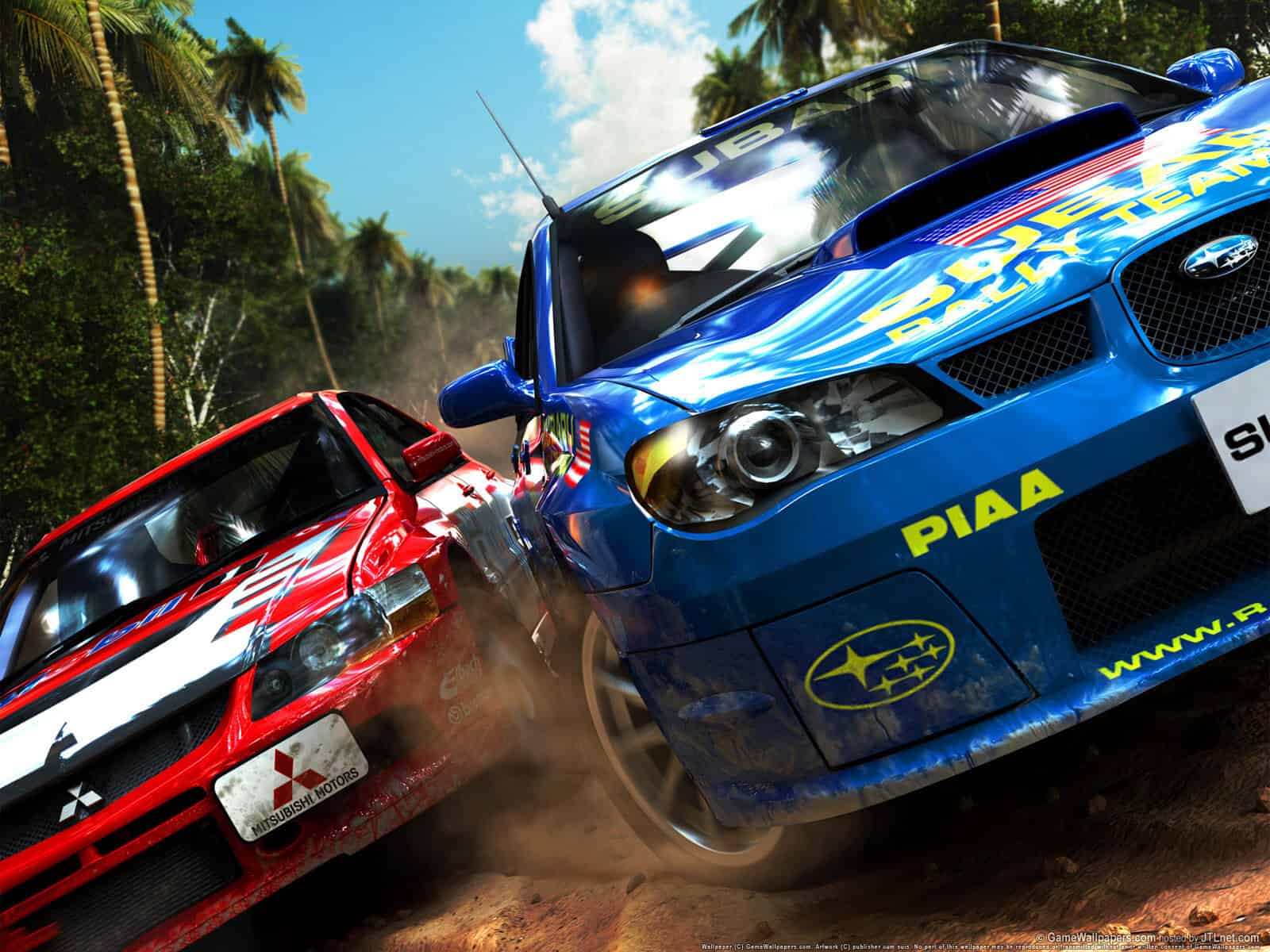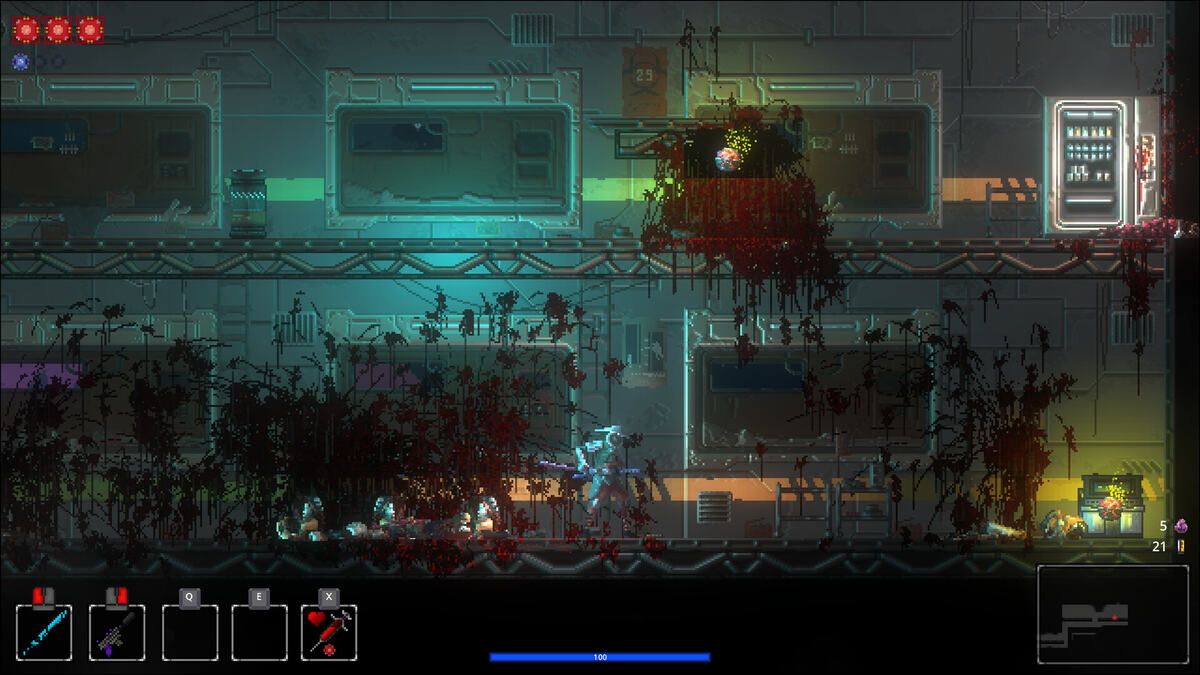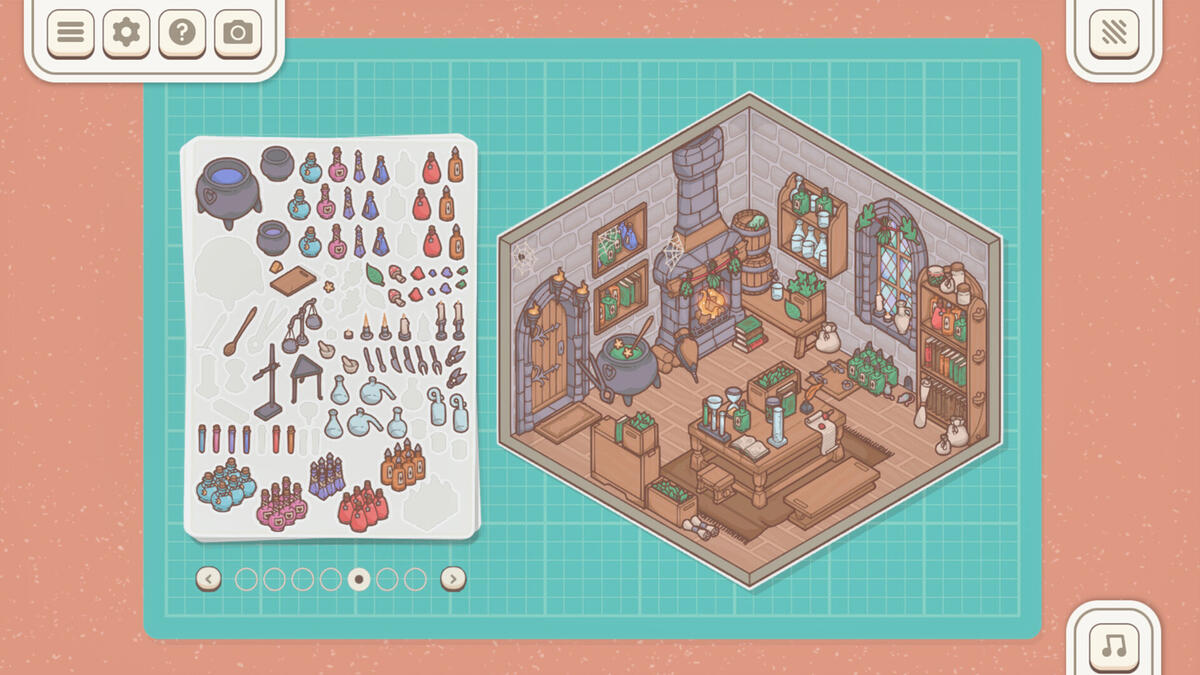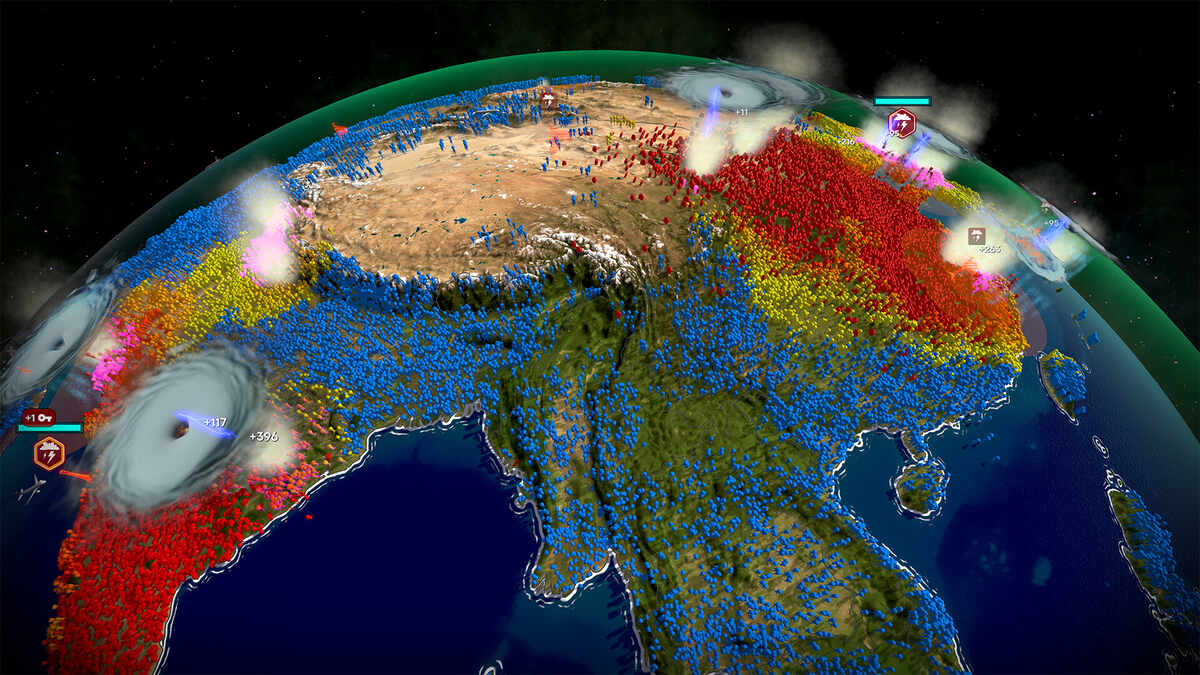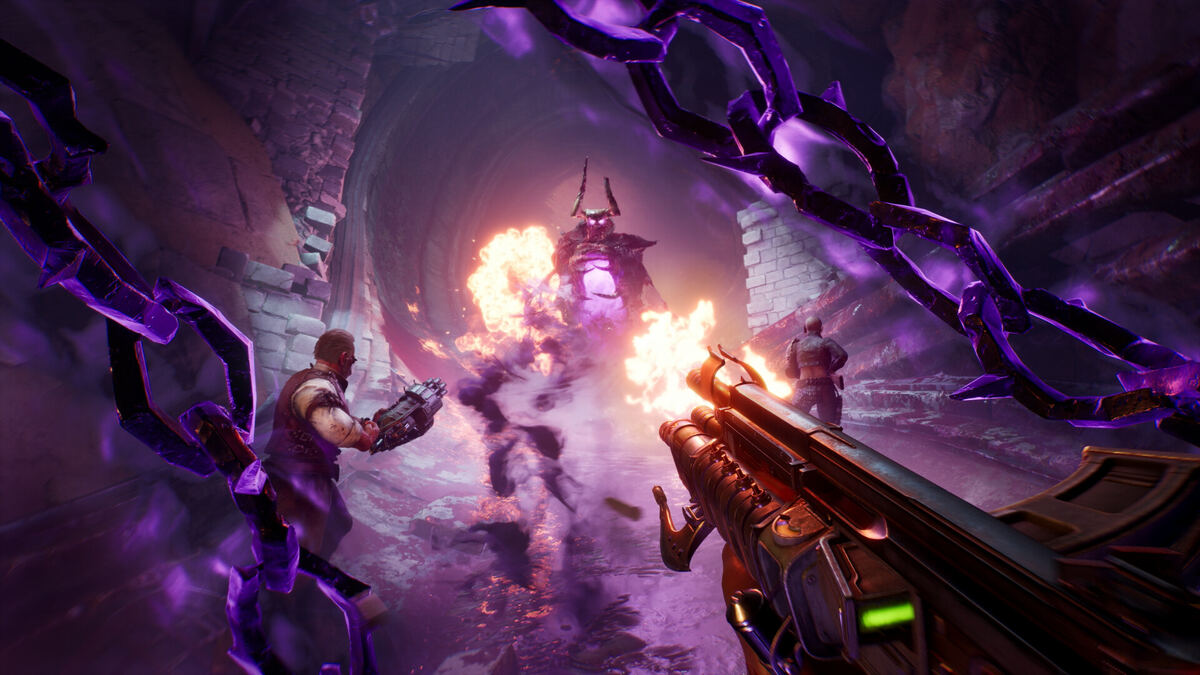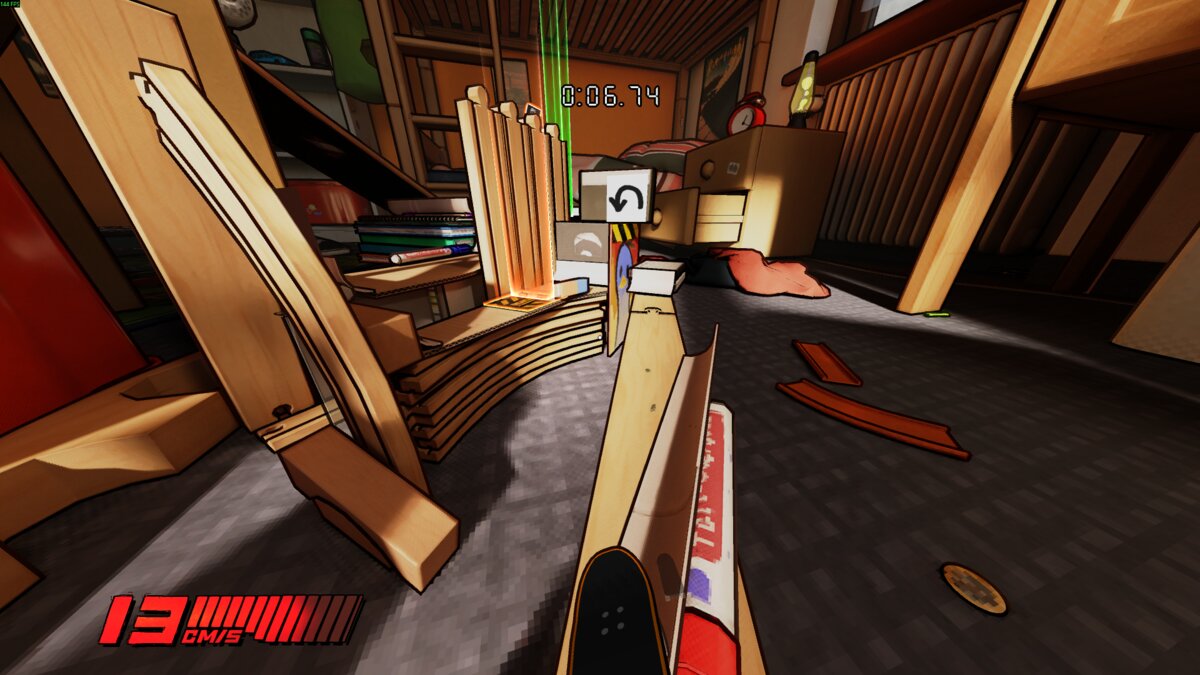You can trust VideoGamer. Our team of gaming experts spend hours testing and reviewing the latest games, to ensure you're reading the most comprehensive guide possible. Rest assured, all imagery and advice is unique and original. Check out how we test and review games here
The basic premise of racing games is an easy one for the new generation of consoles to handle. Driving a relatively simple shape around a track has been within the capabilities of game machines for years, meaning there has been plenty of time for developers to dedicate to more surplus concerns, such as insanely accurate handling physics and near photorealistic vehicle renders.
Any new driving game in this market has always had to offer something pioneering and modestly revolutionary to stand out in the overcrowded genre. SEGA Rally did it in arcades in 1995 with groundbreaking graphics and immediate playability, and it has returned over 15 years later with the same aims. The classic driving game attracted queues in its heyday, and is still SEGA’s most successful arcade game to date.
Surface deformation is the latest craze in driving game design and a buzzword for the PlayStation 3, but while MotorStorm only introduced the concept, SEGA Rally takes hold of it and makes it its own.
The basic idea is simple; your wheels and tyres affect the surface below them as they would in real life. Rather than this being a purely superficial graphical development, it actually has an impact on the gameplay and seems to be implemented superbly by SEGA.
From the work in progress game demonstrated at the company’s European headquarters, the attention to detail with regard to the surface deformation is fantastic. Not only do you leave neat tyre tracks that remain for subsequent laps, but the surface itself is incredibly accurate. On a hard dry surface you might only displace a thin and slippery top layer of dust and grit, while on saturated soil you will sink some way in. Mud is disturbed and sprayed outward all over the raceway, collecting in piles and leaving dips that fill with water as your grip tears deeper into the earth below. As you emerge from the wetter areas your wheels will carve watery channels into the untouched dry land.
What this means is that after one lap you are faced with overcoming a surface pockmarked by lumps and ridges that will throw your car off course. Where water has gathered you will of course skid and slide more readily, and inevitably the track will become more disrupted along the entirety of the racing line, where most vehicles have driven.
With a sport like rally, where covering everything in a layer of dirt is part of the appeal, surface deformation can bring a great sense of depth and realism, and it would appear that SEGA has managed to achieve this with the stunning visual quality and physical attributes of the mud its Driving Studio has created.
However, the greatest technical novelty realised with the most care and attention doesn’t necessarily make for more than an interesting technical demo. Fortunately it would seem that the rest of the game is of an equal quality. Released late this year, it will feature over 30 cars and include championship modes, multiplayer and online elements.
Even though the levels on show were only 80% complete, with work to be done on the particle physics and water effects, the overall look was significantly next-gen. Stylistically Rally is a typically cheerful and idyllic looking SEGA title, but still has enough visual shine to stand up against the best of the currently available 360 and PlayStation 3 games.
Part of the magic of the original SEGA Rally was the catch up logic, which always assured tense neck-and-neck races, by keeping a check on the distance between the leader and the tailing cars. Additionally the controls were fairly easy to pick up, but allowed for plenty of room to perfect them. Together these factors meant that while the game never had the simulation qualities of Colin McRae, it instead positioned itself as the purists’ arcade racer.
If SEGA is to be believed, the return of its mud-splattered licence is defined by the same gameplay template. The AI in the game is adaptive, focussing the vehicles on tight, close races with nail-biting finishes. This should mean an accessible gameplay engine that creates a fairly level playing field for all players.
Previously, driving games have regularly been tainted by inconsistencies in their reality, where a puddle can throw you off course, while on impact a pedestrian or rival car can have the impenetrable strength of a slab of concrete. In SEGA Rally trackside elements such as buildings and scenery are interactive throughout the game, adding little to the playability but improving the overall impression of quality the game leaves you with. Vehicle damage will also be added in at some stage, though it has been decided that it will not impair performance.
Of course, what is of most importance to the success of a driving game is its handling model, and no amount of watching a game on the most impressive of television screens can convey how the driving will actually feel. Only hands-on time will tell the true worth of SEGA Rally, but based on the current build it at least has the potential to be something great.
With Excite Truck and MotorStorm available to date, high quality off-roaders are already a solid fixture in the next-generation game library, and SEGA Rally has some tough competition. Despite this, there are few who would want to see the well-loved series flop, so we can only hope SEGA Rally is as impressive below the bonnet as its shiny paint suggests.
SEGA Rally
- Platform(s): PC, PlayStation 3, PSP, Xbox 360
- Genre(s): Action, Arcade, Racing
/https://oimg.videogamer.com/images/4b33/sega_rally_6.jpg)
/https://oimg.videogamer.com/images/bdcb/sega_rally_4.jpg)
